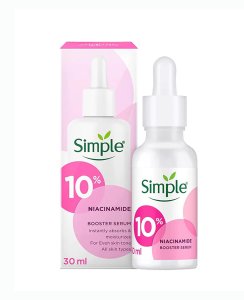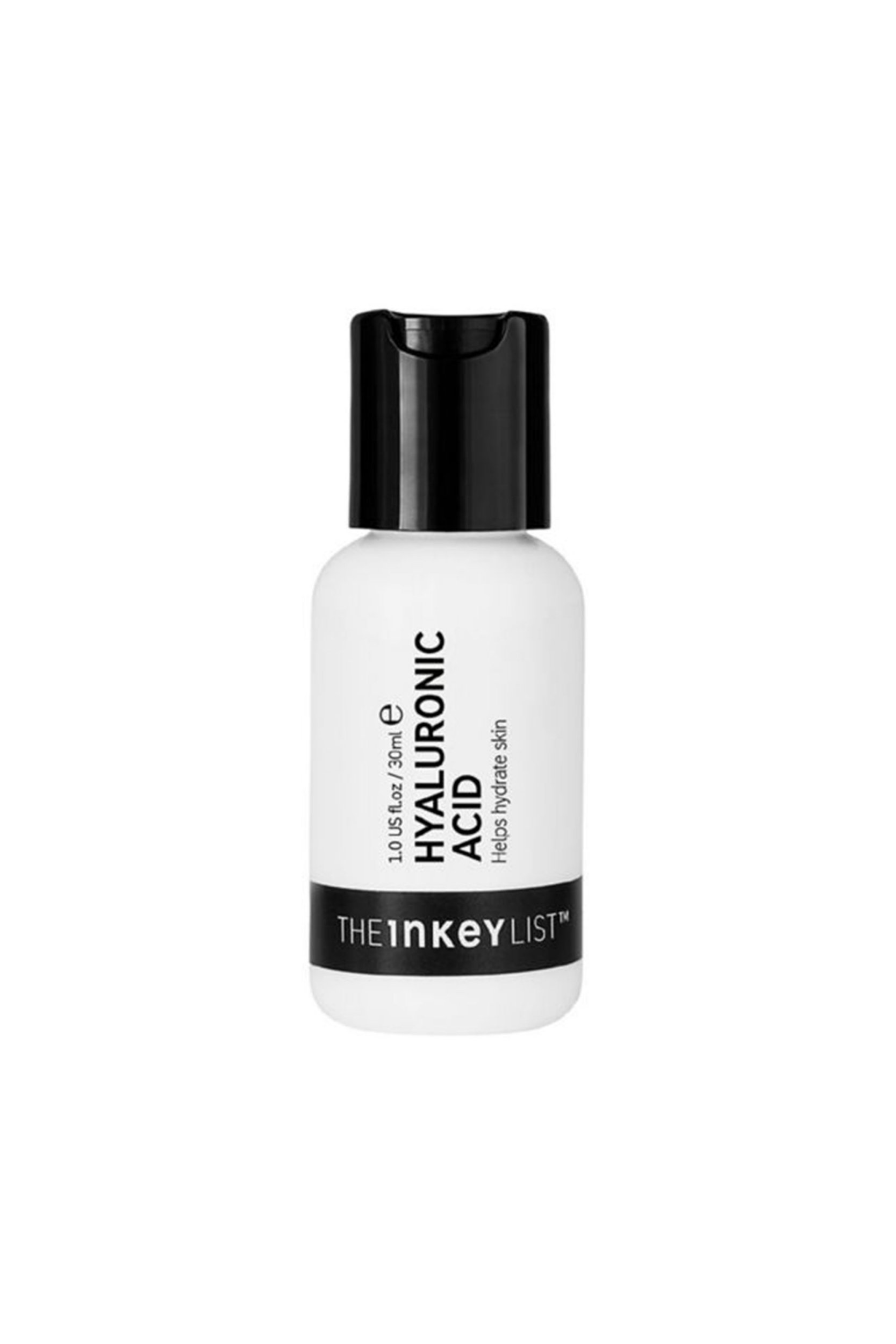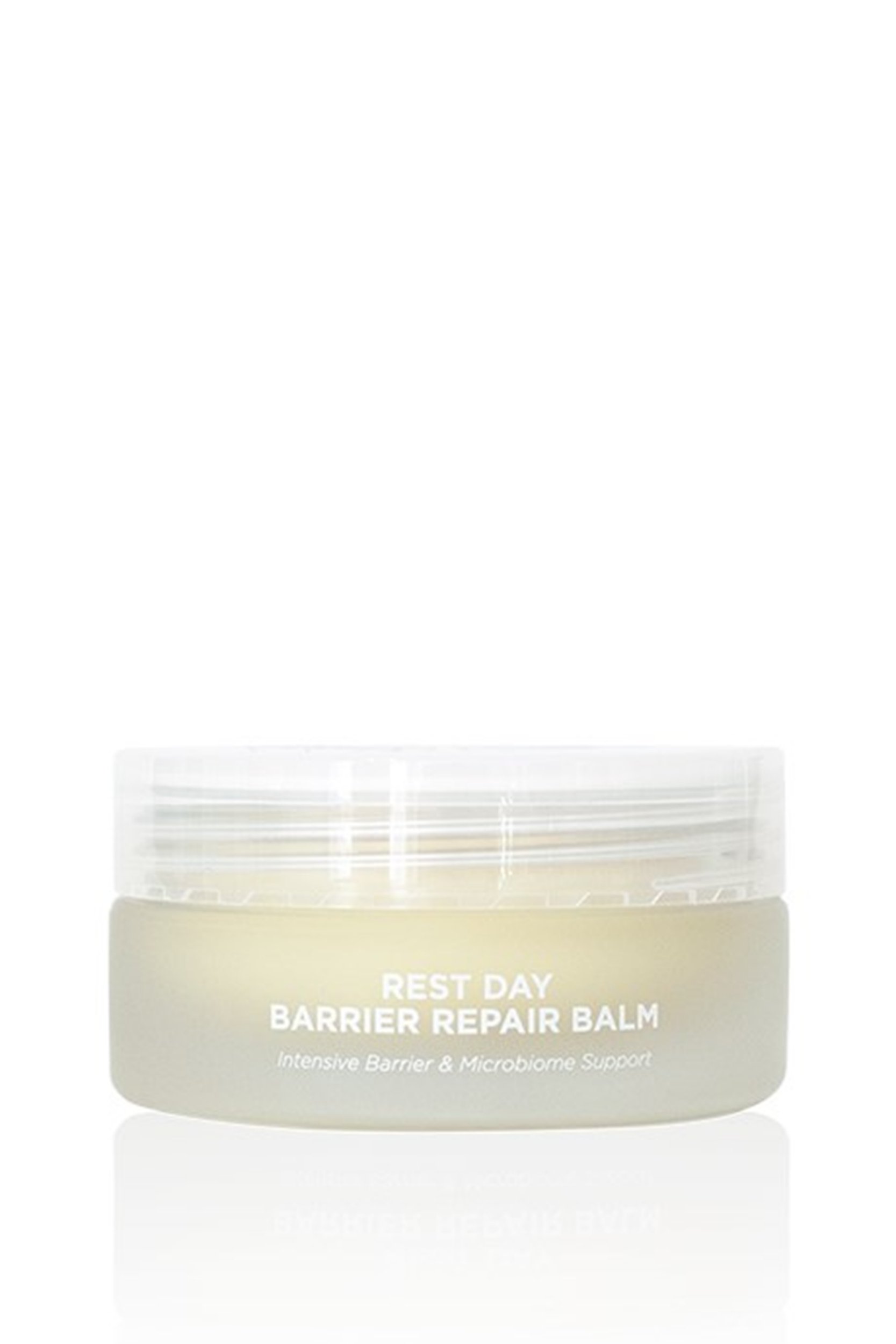The body and skin go through an enormous amount of change when preparing to bring new life into the world. Each trimester brings with it a new set of blessings and challenges for the hair, skin and even nails. What is less spoken about is the change the skin undergoes once you’ve given birth. Here are four of the most common postpartum skin conditions you might experience after pregnancy.
Chloasma
Chloasma (also known as melasma or the ‘pregnancy mask’) occurs when the change in hormones stimulate pigment-producing cells to release extra pigment into the skin. The symmetrical blotch of hyperpigmentation that you experience on the face may leave your skin patchy and uneven.
What’s worse is that retinoids (which are your most powerful anti-hyperpigmentation ingredient) are an absolute ‘no-go’ during pregnancy.
As with all hyperpigmentation, the high-intensity ultraviolet radiation from the sun can increase pigmentation on the skin and so too can high-energy visible ‘blue’ light from laptops and phone screens.
To manage chloasma, you need to use a broad-spectrum, high sun protection SPF with a blue light screen and reapply this every two hours.
Despite retinol being off the cards during pregnancy, there are still plenty of anti-pigmentation ingredients that work well during pregnancy, including vitamin c, azelaic acid and kojic acid.
Once you’ve given birth, you have a wider array of actives at your disposal.
Stretch marks
After 40 weeks of stretching, it’s fair to say the elastic capacity of the skin has gone far past its limit. Once again, certain powerful ingredients to manage incoming stretch marks (retinol) are not to be used during pregnancy.
To manage stretch marks while pregnant, it’s important to hydrate the skin with hyaluronic acid to help moisturise the barrier, making it more supple and less likely to tear.
Apply a thick layer after the shower and follow it up with a barrier-boosting moisturiser.
Once you’ve given birth, you can use a combination of retinol and hyaluronic acid on new ‘red’ stretch marks. But for older ‘white’ (permanent) stretch marks, it’s best to use a combined approach of both topical ingredients and advanced treatments such as micro-needling, platelet-rich plasma, chemical peels and a Co2 laser.
Telogen effluvium (excessive shedding)
As our body becomes home to a new foetus, the circulation of blood around the body and to the placenta increases, as do helpful growth factors and physiological hormones. This gives us the well-known ‘pregnancy glow’, where the skin and hair appear to be flourishing.
Once we give birth, however, the body returns to pre-pregnancy conditions. A sudden reduction in blood flow and circulating growth factors may reverse all the healthy progress we make with our hair. This can trigger many hair follicles out of the active phase of hair growth into the resting phase.
While your hair is in a more delicate condition, you want to handle with care. Avoid tight ponytails, bleaching and hair styles that may trigger damage to the hair. Consider a silk or satin pillowcase and ensure you’re not deficient in vitamin B, biotin, vitamin C, E or zinc.
Postpartum acne
Acne in pregnancy can be unpredictable. In general, acne tends to improve during the first trimester of pregnancy and worsen during the final trimester. The rapidly changing hormonal environment during pregnancy can wreak havoc on your skin.
As with all hormone-induced acne, a 2% salicylic acid cleanser is your number one ally. Ingredients such as niacinamide can also help rapidly reduce excess oil and benzoyl peroxide can target individual spots.
Swipe and shop: Postpartum acne



*Eliza may earn commission on sales from these product links
Remember that following pregnancy, acne will usually normalise as your body returns to baseline.
Pregnancy is undoubtedly one of the most profound experiences you can go through. Enjoy the glow whilst it’s there and remember that there are lots of different things that you can do about some of the not-so-enjoyable aspects of pregnancy!















